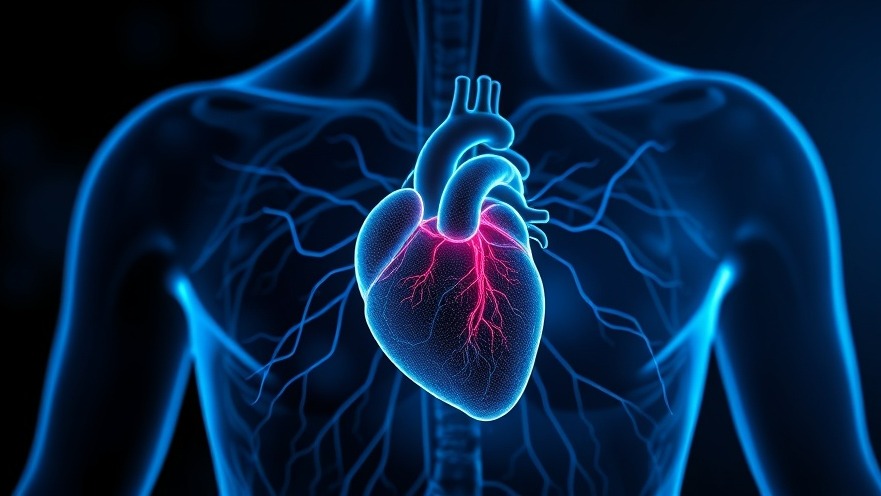
The Cutting-Edge Mechanosensing Strategy for Cardiovascular Fibrosis
Recent research from the Stanford Cardiovascular Institute has unveiled an innovative mechanosensing strategy that holds great promise for treating cardiovascular fibrosis, a condition afflicting millions without effective treatment. This study emphasizes the critical role of mechanical signals in cell behavior, introducing a potentially groundbreaking way to address the underlying issues of cardiac fibrosis. As this condition can lead to heart failure and significantly impacts patient health, understanding its mechanisms may alter therapeutic approaches dramatically.
Understanding Cardiac Fibrosis: A Hidden Culprit
Cardiac fibrosis is characterized by the stiffening and scarring of heart tissue, which occurs in virtually all forms of heart disease, from acute ischemic injuries to genetic cardiomyopathies. This condition arises when fibroblasts—cells responsible for producing and maintaining the extracellular matrix—are activated. Surprisingly, once activated, these cells become stuck in a continuous cycle of scarring that can impair heart contractility and lead to dysfunction. The Stanford team’s study sheds light on the biochemical and mechanical factors at play, opening the door to new treatment strategies.
The Role of SRC: A New Therapeutic Target
At the heart of this research is a mechanosensor protein named SRC, which the Stanford researchers identified as a key player in fibroblast activation. This protein enables fibroblasts to sense and respond to their mechanical environment, making it an ideal target for intervention. By inhibiting SRC, the researchers hope to disrupt the mechanical cues that perpetuate fibrosis. This targeted approach aims to reduce fibrosis while sparing other heart cells, thereby minimizing potential side effects.
Lessons from Other Medical Fields: Potential Analogies
The mechanosensing strategy aligns with emerging trends across other medical fields, where understanding the biochemical environment has led to new breakthroughs. For instance, in cancer therapy, therapies focusing on the tumor microenvironment have paved the way for treatments that enhance the immune response to malignancies. Similarly, this cardiac approach could change patient management in cardiology, emphasizing the need for holistic views of cellular environments.
Future Insights: What Lies Ahead for Cardiac Treatment?
Looking to the future, studies like the one from Stanford pave the way for advanced therapies that may provide more effective control over cardiac fibrosis. Imagine a therapy tailored not only to modify biochemical processes but also to reset the cellular environment causing fibrotic progression. The implications of such treatments could extend beyond cardiac care, potentially influencing methods of dealing with fibrosis in other organ systems as well.
Key Takeaways for Health Practitioners
For concierge health practitioners, understanding this mechanosensing strategy and its potential role in clinical practice is paramount. This research not only highlights the ongoing evolution of heart failure therapies but also underscores the need for informed conversations with patients about their care. Staying updated on such groundbreaking strategies can help practitioners lead the way in patient advocacy, ensuring that individuals understand not just their condition but also emerging treatment options available.
Call to Action: Stay Informed, Stay Ahead
With innovations like mechanosensing treatments on the horizon, it’s vital to integrate the latest research findings into your practice. Engage with ongoing professional development and training to fully understand these advancements. By empowering yourself with knowledge of cutting-edge treatments, you can greatly enhance your patients' cardiovascular care journey and cultivate a proactive health management environment in your practice.
 Add Row
Add Row  Add
Add 




Write A Comment